Locusts, commonly known as grasshoppers, grasshoppers, grasshoppers, may be one of the oldest living groups of chewing herbivorous insects, dating back to the early Triassic period, about 250 million years ago. The locust plague is a worldwide catastrophe with a long and widespread history, and has always been one of the difficult problems facing the world. Once an outbreak occurs, it often results in severe economic losses and even famine due to food shortages. So, which type of locust is the most terrifying? Today, let us discuss the ten most terrifying locusts in the world, such as desert locust, East Asian migratory locust, Moroccan halberd locust, Italian locust, Tibetan migratory locust, yellow-spine bamboo locust, Siberian locust, etc., and learn about their characteristics together. .
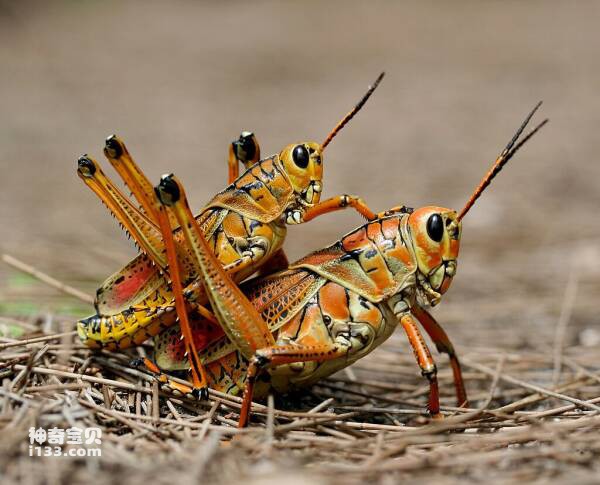
Romalea microptera: female (larger) laying eggs accompanied by male
Some species of these locusts, such as the desert locust, the East Asian migratory locust, and the Moroccan halberd locust, are notorious for their large numbers and destructive power. They attack crops, destroy vegetation, cause serious damage to agricultural production and the ecological environment, and have a huge impact on the local economy and food supply.
Research and monitoring of these fearsome locust species are crucial so that preventive control measures can be taken early to avoid locust plagues causing greater damage to the socio-economic and environment. It is hoped that we can effectively curb the disaster caused by locusts through a deeper understanding and effective control measures.
1. Desert locust (the explosive, migratory and destructive "fighter among locusts")
The desert locust is widely regarded as the top ten most feared locusts, known for its explosive, migratory and destructive characteristics. Originating in Africa, desert locusts have been the number one scourge causing locust plagues in Africa for nearly a thousand years. When a large-scale outbreak occurs, the affected area can cover the entire African continent, the Middle East and 57 countries along the Mediterranean Sea, with a total area of 29 million square kilometers.
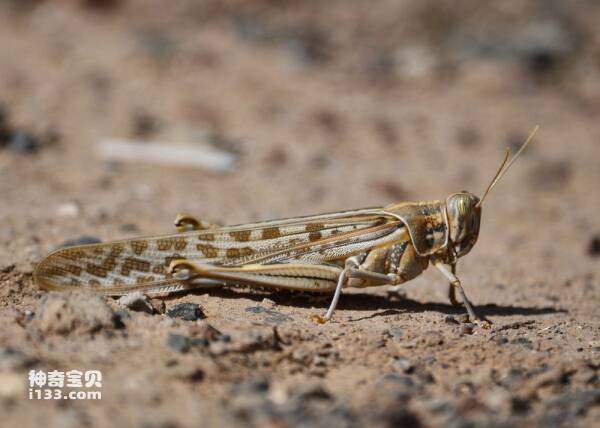
For a long time, desert locusts have frequently broken out in the African continent and the Middle East, migrating across regions and national borders on a large scale, posing a serious threat to agricultural production. The affected population accounts for more than one-tenth of the global population, and the destructive potential brought by the locust swarms is huge. According to statistics, the food intake of a 1 square kilometer locust swarm in one day is equivalent to the food intake of 35,000 people.
2. East Asian migratory locust (a devastating agricultural biological disaster)
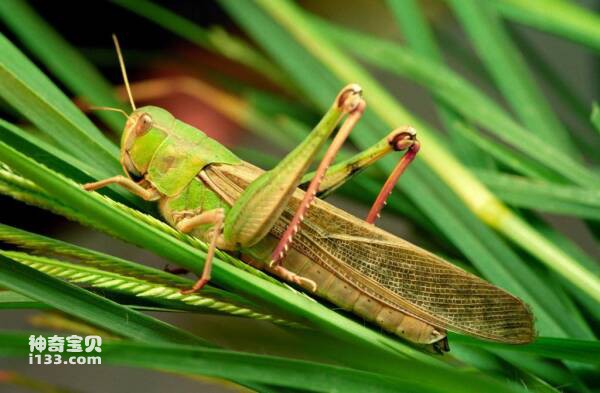
In China, the East Asian migratory locust is considered the most harmful locust. They are important agricultural pests in Southeast Asia and one of the most notorious pests in Chinese history. The locust plague in the Yellow River Delta is mainly caused by East Asian migratory locusts. For more than 2,600 years starting from the Spring and Autumn Period at the weekend and lasting until about 1950, a large-scale regional outbreak occurred every 2 to 3 years on average, and more widespread and rampant disasters occurred every 5 to 7 years. This kind of locusts can fly long distances and are prone to outbreaks and disasters. They are addicted to gramineous and sedge plants and mainly pose a serious threat to wheat, corn, sorghum, millet, rice, millet and other crops. In large outbreaks, they will devour almost all green vegetation.
3. Moroccan Halberd Locust (representative of the most destructive locusts in the Mediterranean region)
The Moroccan locust, commonly known as the Moroccan locust, is considered one of the most threatening locusts and is widely distributed in North Africa, southern Europe, Eastern Europe and Western Asia. These locusts are usually solitary, but within a few years their numbers can increase rapidly, forming huge swarms and wreaking havoc on farmland. The Moroccan locust is considered one of the most destructive plant pests in the world.
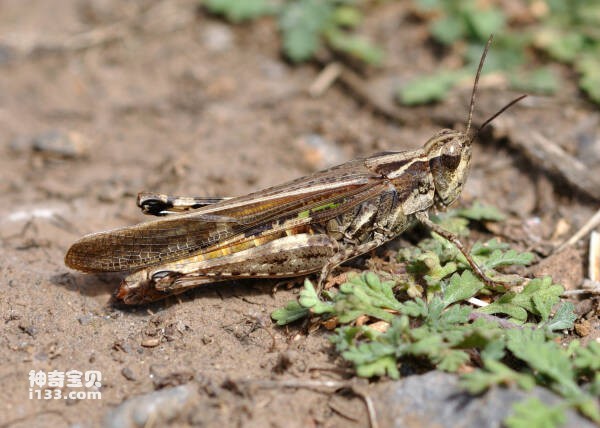
Once a "large-scale" locust plague occurs in eight provinces of Afghanistan's wheat-producing areas, it may cause widespread crop losses and "dramatically" worsen the food security situation. In the Mediterranean region, Moroccan locusts cause serious harm to plants and may cause major ecological disasters.
4. Italian locust (the representative locust in continental Europe)
Italian locust is one of the famous locusts in continental Europe. In China, it is mainly distributed in desert, semi-desert and grassland areas in northern Xinjiang with an altitude of 800 to 2,300 meters. It is one of the main harmful locusts in the area. This kind of locust is widely distributed along the Tianshan Mountains in northern Xinjiang, starting from the Barkol Basin in the east, extending to Jichang Prefecture, and to Bortala Prefecture, Ili Prefecture, Tacheng Basin, Altay Mountains, and Basin in southern Xinjiang in the west. Yingolengzhou, Aksu region and Kashgar and other regions. In addition, Italian locusts are also distributed in Inner Mongolia, Qinghai, Gansu and other places.
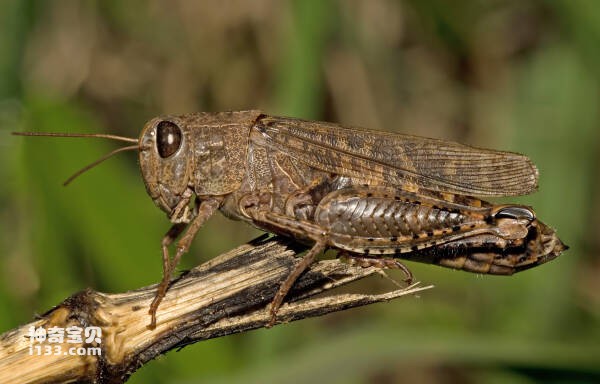
This kind of locust mainly feeds on various artemisia and Trichophyton plants of the Asteraceae family. It can also harm gramineous plants and even crops such as wheat. Its wide distribution and harmful nature in China make it an object that needs to be focused on and controlled in local agricultural production.
5. Tibetan migratory locusts (China’s three major migratory locusts harm highland barley/wheat/pastures, etc.)
The Tibetan migratory locust is considered one of the most dangerous locusts. It is mainly distributed in China's Tibet Autonomous Region, southeastern Qinghai and western Sichuan Province. It is the only locust subspecies found in high-altitude areas. As one of the three major migratory locusts in my country, the damage caused by Tibetan migratory locusts to crops and pastures shows three typical characteristics: large-scale occurrence and high-density swarming; long locust egg hatching and locust duration; and strong reproduction and migration capabilities. ability. In recent years, this kind of locust has broken out and spread to surrounding areas, mainly damaging crops such as highland barley and oats and pasture.
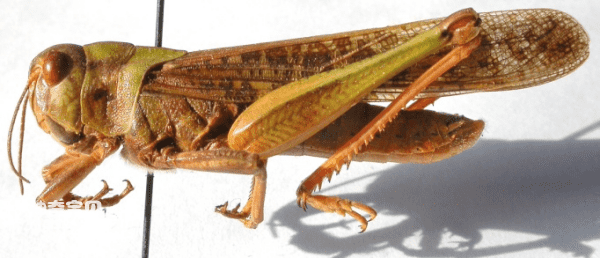
Due to its huge appetite and strong reproductive capacity, the Tibetan migratory locust has become one of the important pests on crops and pastures in the Western Sichuan Plateau.
6. Yellow-spine Bamboo Locust (Level 3 hazardous forestry pest)
The yellow-ridged bamboo locust occupies a place among the most threatening locust species. It is often commonly known as the bamboo locust. It is one of the main pests in bamboo forest areas in my country and often causes widespread damage. It mainly attacks moso bamboo, and secondarily harms different types of bamboos such as hard bamboo and water bamboo. When bamboo locusts break out on a large scale, they can completely eat up the bamboo leaves. The bamboo forest will be like a fire. Young bamboos will wither and old bamboos will no longer send out new shoots within 2 to 3 years after being attacked. The bamboo forest gradually withered. The infringed moso bamboo will wither, causing water to accumulate in the bamboo and the fibers to rot, making the bamboo lose its use value and the possibility of reuse.
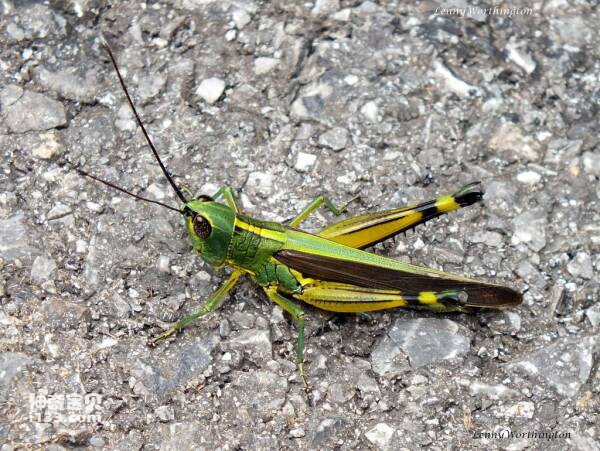
According to an investigation of the situation, invasions of yellow-ridged bamboo locusts occurred in my country in 2020 and 2023. Fortunately, the authorities took timely prevention and control measures to curb the damage caused by locusts to bamboo forests and avoid more serious disasters. as a result of.
7. Siberian locust (harming pasture)
Siberian locusts are mainly distributed in the Siberian region of the former Soviet Union and the Mongolian People's Republic abroad, while domestically they are distributed in summer and autumn pastures in Xinjiang, Inner Mongolia, Heilongjiang, Jilin and other places, and are also distributed in some areas of Gansu. This kind of locust mainly feeds on grasses and crops of the Poaceae and Cyperaceae families. They like to eat Tianshan grasshoppers, foxgrass, cowgrass, splendens, wheatgrass, stiltweed, trigonella, wild onions, dandelions, Plants such as horsetail and wheat often cause serious losses to pasture.
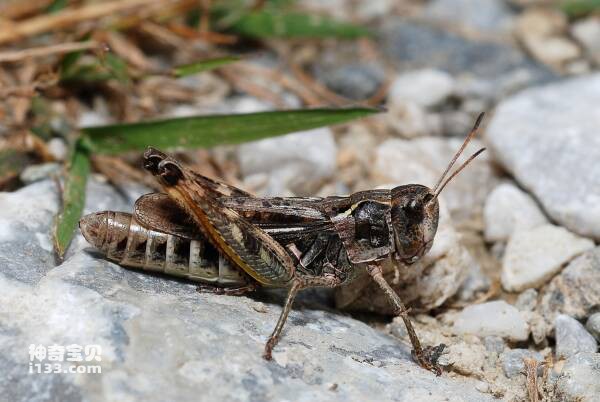
In grassland areas, Siberian locusts cause serious damage to pasture. When the damage reaches a serious level, livestock die on a large scale due to lack of sufficient forage in winter and spring.
8. Chinese rice locust (harms corn/sorghum and other crops)
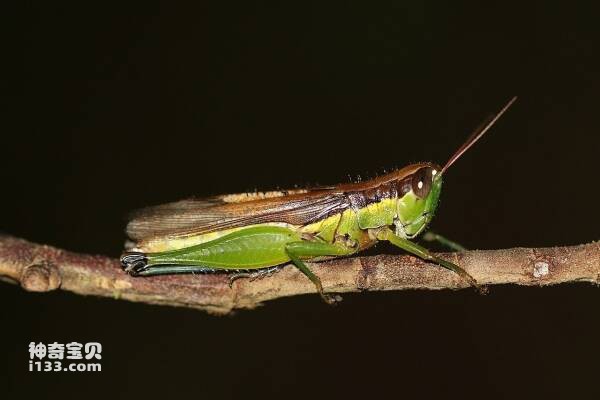
There are many types of rice locusts, among which the Chinese rice locust is the most harmful. This kind of locust produces one generation every year and overwinters in the form of eggs. It lives in low-lying and humid areas or near water areas. It uses grasses as its main food source and mainly attacks rice, corn, sorghum, various types of wheat, sugar cane and beans. Harm to many crops. Its mode of damage includes adults and nymphs eating leaves, gnawing off stems and young buds. When rice is damaged, the leaves will show irregular gaps, and in severe cases, the leaves will be completely eaten; in addition, they may also bite the ear neck and mature grains. In southern China, the damage caused by the Chinese rice locust is relatively serious and may trigger catastrophic outbreaks.
9. Asian migratory locust (major agricultural pest)
The Asian migratory locust is also one of the famous locusts and is considered one of the most threatening species. It is mainly distributed on grasslands in Xinjiang, Qinghai, Gansu, Inner Mongolia, Northeast China and other regions. It usually lives at an altitude of 200 to 500 meters, and sometimes can even be distributed in areas as high as 2,500 meters above sea level. Asian migratory locusts mainly feed on grasses of the Gramineae and Cyperaceae families, and can also damage crops such as corn, barley, and wheat.
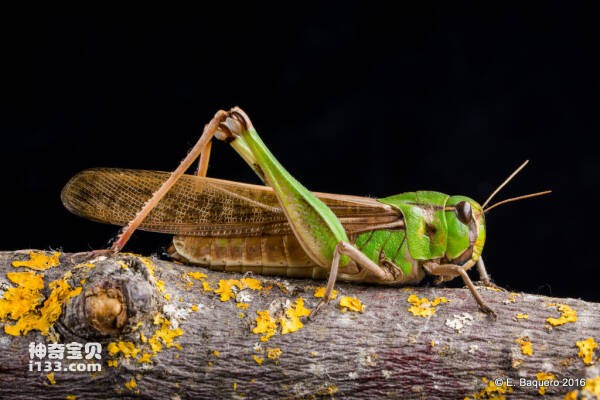
This kind of locust is a social insect with strong reproductive ability and a large number. When the number is serious, it may trigger a locust plague and lead to large-scale crop failure. Therefore, Asian migratory locusts are regarded as one of the major pests in agriculture, posing a serious threat to crop yields and food security.
10. Cotton locust (harming cotton)
Adult cotton locusts usually choose to grow in sandy loam soil and sparse forest land with sufficient sunlight, especially at the edge of the intersection between forest land and forest clearings to lay eggs. This type of locusts mainly damages eucalyptus trees, other fruit trees, crops, weeds and other plants. Adults and nymphs feed primarily on leaves, but also twigs and bark. The leaves of severely damaged plants are often completely eaten away, leaving only the petioles or main veins, which look like they have been burned; sometimes the main trunk may wither, threatening growth and even causing the death of the plant.
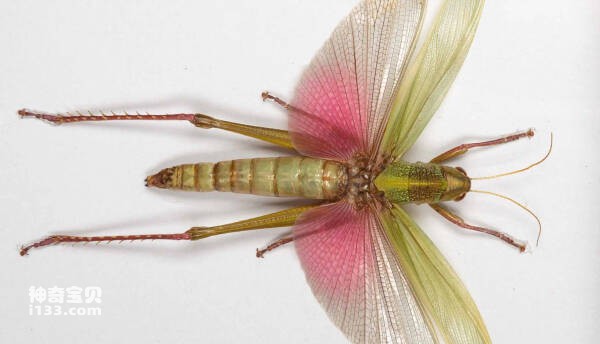
Generally speaking, cotton locusts will choose sparse forest land with more sprouts and sufficient sunlight as their egg-laying and habitat. The environmental requirements of cotton locust include areas with abundant weeds in forest clearings, more young forests and sparse residual forests, poorly managed budding forests and forest edges. These places often become the main places where cotton locusts breed on a large scale and cause disasters.
Other species of locusts that often cause natural damage:
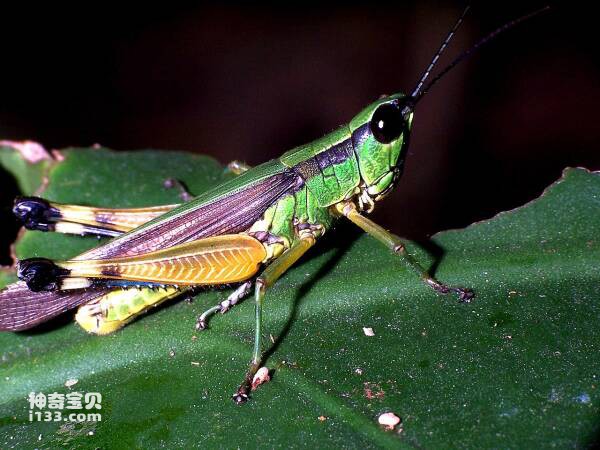
bamboo locust
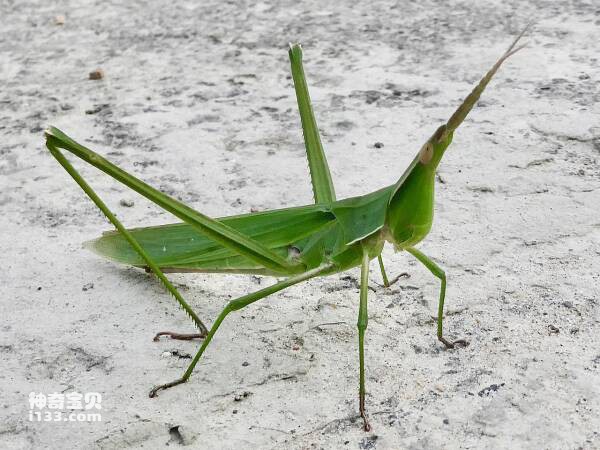
Chinese sword-horned locust
Indian yellow-spine locust, Australian locust, striped red locust, brown migratory locust, tree locust, African migratory locust, soil locust, spotted sugarcane locust, green-striped locust, small pad-winged locust, short star-winged locust, Japan Yellow-spine locust, small car locust, etc...
animal tags: locust
We created this article in conjunction with AI technology, then made sure it was fact-checked and edited by a Animals Top editor.